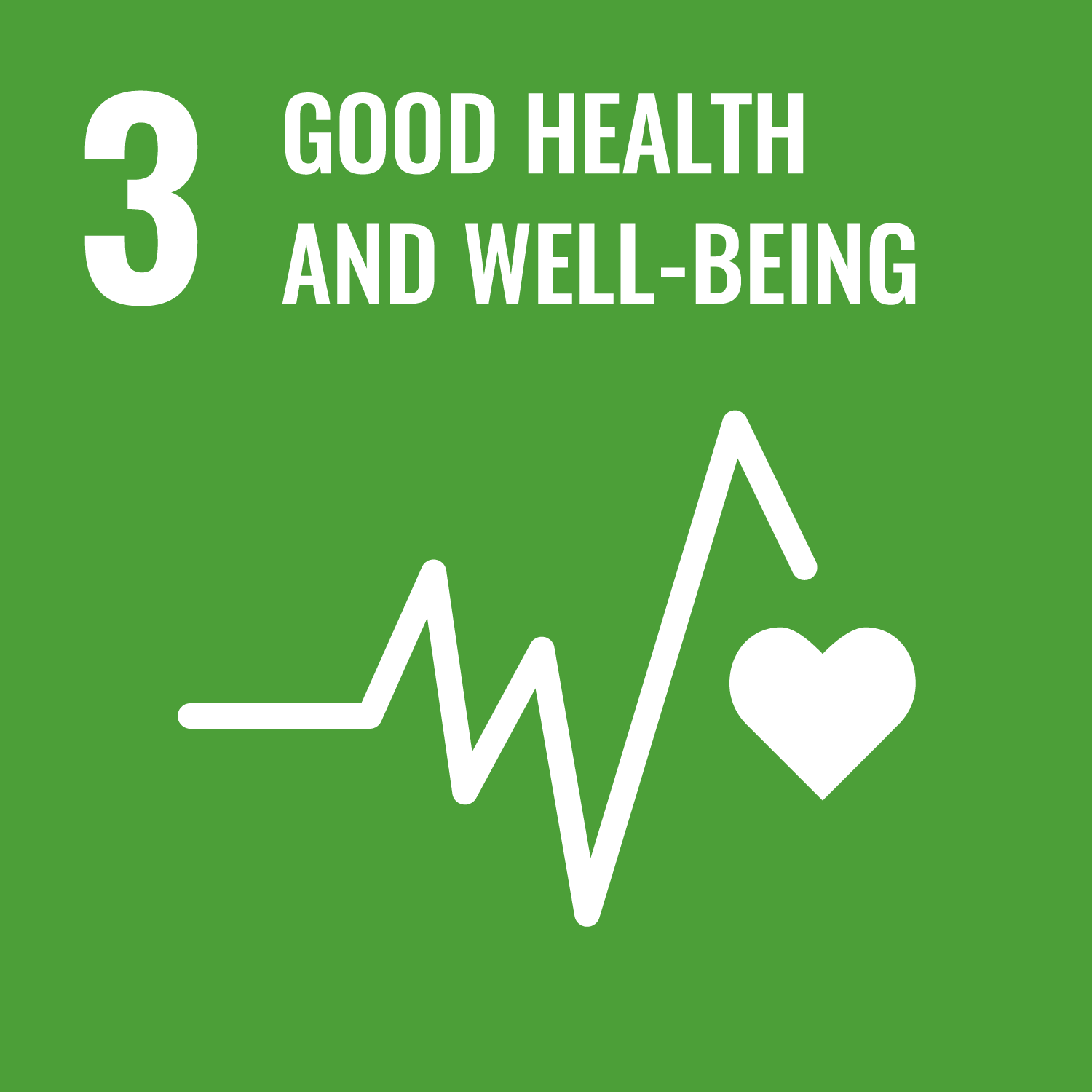Tang, H. orcid.org/0000-0002-2924-0126, Zheng, C., Cao, X. et al. (10 more authors) (2022) Blue sky as a protective factor for cardiovascular disease. Frontiers in Public Health, 10. 1016853. ISSN 2296-2565
Abstract
Objective: Blue sky has been considered to boost outdoor physical activity and social interaction, ameliorate work pressure and life stress, and enhance people's sense of happiness. However, the direct association between blue sky exposure and cardiovascular disease (CVD) still lacks epidemiological evidence. In this study, we aimed to quantify their relationship via a nationwide prospective cohort in China.
Method: We extracted the baseline data from the China Hypertension Survey (CHS), by enrolling 22,702 participants aged ≥ 35 years without self-reported medical history of CVD from 14 provinces of China between 2012 and 2015 and followed up from 2018 to 2019. A blue day was marked out with no rain, low cloud cover ≤ climatological mean at each station, and visibility at 2 pm ≥ 21.52 km. We calculated the number of blue days at baseline survey year to evaluate the chronic individual blue day exposure. Cox proportional hazards models were employed to calculate the multivariable-adjusted hazard ratio (HR). We implemented subgroup analyses as well to identify potential effect modifications.
Results: A total of 1,096, 993, and 597 incident cases of all-cause mortality, fatal or nonfatal CVD, and stroke occurred during a median follow-up around 5 years, respectively. A 10-day increase in annual blue day exposure was associated with a 3% (95% confidence interval [CI]: 1–6%) and 7% (95% CI: 5–10%) decreased risk of fatal or nonfatal CVD and stroke, respectively. Compared with those exposed to the worst tertile of blue days at baseline, subjects who exposed to the best tertile had a 32% (95% CI: 19–43%) and 43% (95% CI: 29–55%) lower likelihood of developing fatal or nonfatal CVD and stroke, respectively. Negative consistent exposure–response relationships were generally observed between them in the restricted cubic spline model. In the stratified analyses, the cardioprotective effects of blue sky were stronger for females, rural residents, and individuals residing in heavily contaminated areas.
Conclusion: This study indicates that blue sky may serve as an independent environmental protective factor against CVD, and informs future policies on fighting air pollution and protecting the blue sky in China.
Metadata
| Item Type: | Article |
|---|---|
| Authors/Creators: |
|
| Copyright, Publisher and Additional Information: | © 2022 Tang, Zheng, Cao, Wang, Zhang, Wang, Chen, Song, Chen, Tian, Jiang, Huang and Wang. This is an open-access article distributed under the terms of the Creative Commons Attribution License (CC BY). The use, distribution or reproduction in other forums is permitted, provided the original author(s) and the copyright owner(s) are credited and that the original publication in this journal is cited, in accordance with accepted academic practice. No use, distribution or reproduction is permitted which does not comply with these terms. http://creativecommons.org/licenses/by/4.0/ |
| Keywords: | air pollution; blue sky; cardiovascular disease; cohort; protective factor; Female; Humans; Cardiovascular Diseases; Prospective Studies; Protective Factors; Air Pollution; Stroke |
| Dates: |
|
| Institution: | The University of Sheffield |
| Academic Units: | The University of Sheffield > Faculty of Social Sciences (Sheffield) > School of Geography and Planning |
| Depositing User: | Symplectic Sheffield |
| Date Deposited: | 11 Sep 2024 11:23 |
| Last Modified: | 11 Sep 2024 11:23 |
| Status: | Published |
| Publisher: | Frontiers Media SA |
| Refereed: | Yes |
| Identification Number: | 10.3389/fpubh.2022.1016853 |
| Related URLs: | |
| Sustainable Development Goals: | |
| Open Archives Initiative ID (OAI ID): | oai:eprints.whiterose.ac.uk:217102 |
Download
Filename: Blue sky as a protective factor for cardiovascular disease.pdf
Licence: CC-BY 4.0


 CORE (COnnecting REpositories)
CORE (COnnecting REpositories) CORE (COnnecting REpositories)
CORE (COnnecting REpositories)